Research Areas
Our research interest lies in developing novel drug delivery strategies and to study drug structure-activity relationships. Currently we are actively working on different biological barriers namely - the skin, the eye, the intestine and the buccal mucosa.
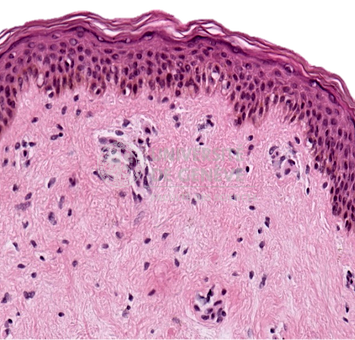
Cutaneous
delivery
 Click for detail
Click for detail
delivery
 Click for detail
Click for detail
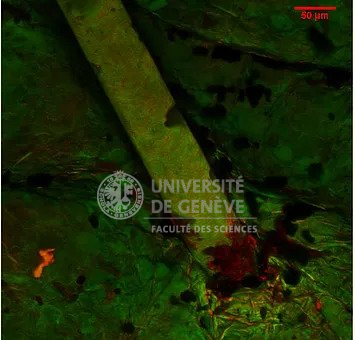
Follicular
delivery
 Click for detail
Click for detail
delivery
 Click for detail
Click for detail
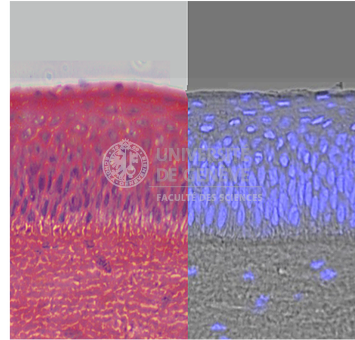
Ocular
delivery
 Click for detail
Click for detail
delivery
 Click for detail
Click for detail
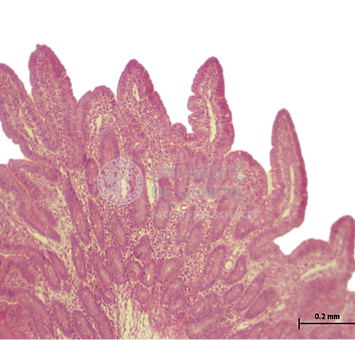
Intestinal
delivery
 Click for detail
Click for detail
delivery
 Click for detail
Click for detail
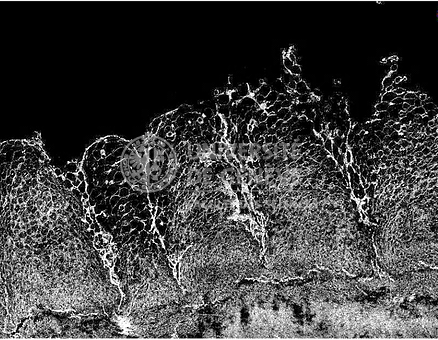
Buccal
delivery
 Click for detail
Click for detail
delivery
 Click for detail
Click for detail
Cutaneous delivery
Delivering low molecular drugs, peptides and proteins into and across the skin
- We develop formulations and use physical enhancement techniques to increase the rate and extent of local and systemic drug bioavailability.
- For dermatologic applications, we have developed sophisticated methods to determine the cutaneous biodistribution of drugs so that we know how much drug is present as a function of position in the skin.
- We have explored how polymeric micelle formulations can increase and preferentially target delivery to the epidermis and dermis for dermatologic indications.
- An important area of research concerns iontophoresis, which employs a small electric potential to increase the rate of transport of polar and charged species across the skin. The current intensity and duration of current application determine the rate and extent of delivery. Iontophoresis provides tightly controlled drug delivery and as such is well-suited to the administration of peptides, and low molecular weight therapeutics whose pharmacological effects depend on their input kinetics. In recent years, we have also demonstrated how the technique can be used for the non-invasive delivery of proteins.
- We have extensively studied how fractional laser ablation can increase both topical and transdermal drug delivery of therapeutic agents with a particular emphasis on the potential for the local delivery of therapeutic antibodies and even cells.
Follicular delivery
Selective targeting of the pilosebaceous unit
- We have demonstrated that polymeric micelles can be used to preferentially delivery drugs to the pilosebaceous unit.
- This enables targeted therapy of diseases such as acne and provides a means to reduce off-site side effects.
- We have developed an innovative method to extract the intact pilosebaceous unit from the skin that enables direct quantification of drug in the skin appendage.
Ocular delivery
Improving drug bioavailability in the anterior and posterior segments
- A new research activity concerns investigation into methods to improve drug delivery to the eye.
- Particular emphasis has been on the combination of short duration ocular iontophoresis with prodrug conjugates possessing physicochemical properties that favour their electrotransport into the eye.
- We are interested in both corneal iontophoresis and transscleral iontophoresis, which enables the posterior segment to be reached.
- Again, a new experimental set-up, involving use of the whole eye globe, enables evaluation of drug bioavailability in the different ocular compartments.
Intestinal absorption
Developing an ex vivo to evaluate passive and active transport and pre-systemic metabolism in the intestine
- In the last few years, we have been setting-up and evaluating a Ussing chamber based system using viable porcine intestine to investigate drug absorption as a predictive model for uptake in humans.
Buccal delivery
Developing methods to improve loca drug delivery to the oral cavity
- Another new research activity has been an investigation into how short duration buccal iontophoresis can be used for the local treatment of diseases in the oral cavity.
- Given the specificities and sensitivity of the region, therapy can be complicated and invasive procedures difficult to perform and/or unacceptable to the patient.
- We have developed test systems to better approximate application conditions in vivo and focused on optimizing delivery kinetics and bioavailability for mono- and poly-therapy after short duration iontophoresis.